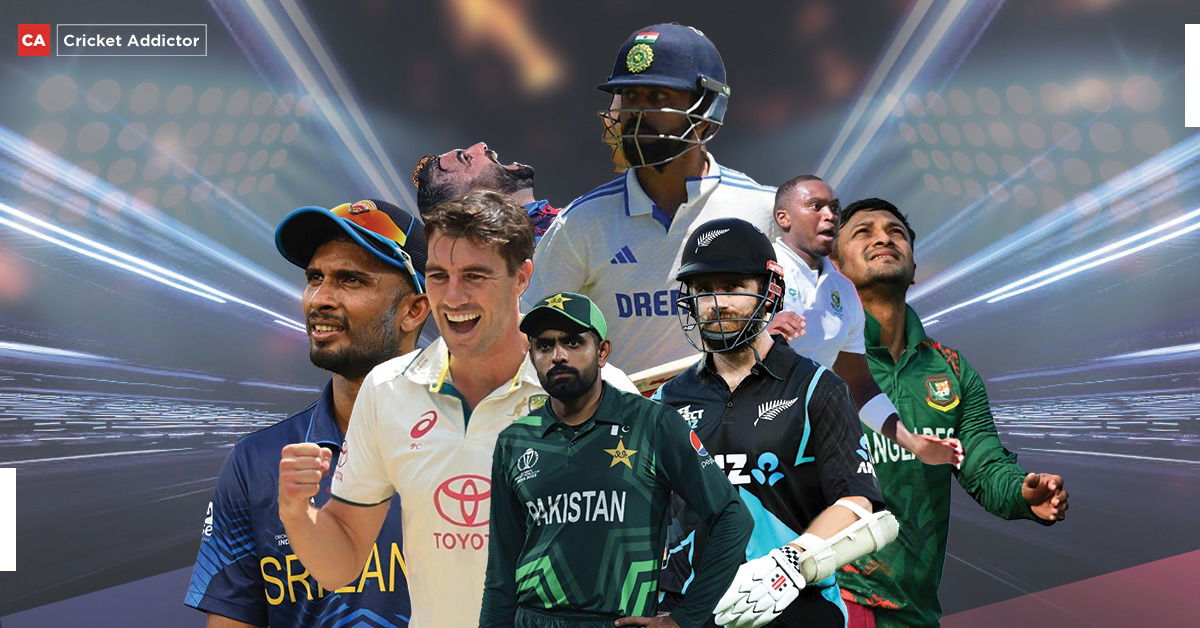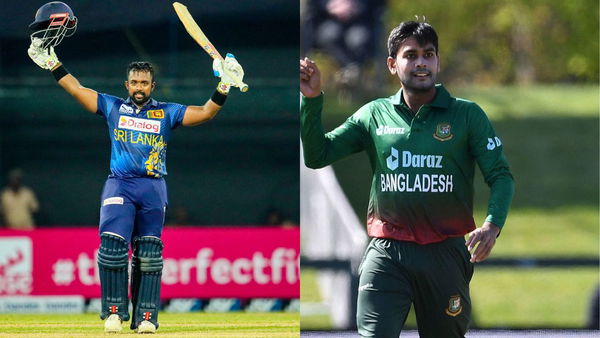ICC Releases an Updated Version of the DLS method and Code of Conduct
Published - 29 Sep 2018, 06:20 PM | Updated - 22 Aug 2024, 11:55 PM

Table of Contents
Finally, the International Cricket Council (ICC) has released the updated version of the DLS method. The analysts have taken the analysis of over 700 ODIs and 428 T20Is, which comprise over 240,000 outcomes of individual deliveries to construct a new method.
Including that, ICC has also made the punishments for the offences stricter as well. Meanwhile, they also confirmed that the umpires would look the level 1,2 and 3 while the judiciary committee will tackle the level 4.
DLS method updated for the second time in the last four years:
It is for the second time; the DLS method got remodified. However, it got introduced in 2014, and surprisingly, it is demanding the regular changes with the evolution of the game to the core.

“The latest analysis has revealed that teams have been able to extend their acceleration patterns for longer periods, and the average scores in ODIs have continued to increase.
This means that par score calculations will assume that teams will be able to score a slightly higher proportion of their runs towards the end of an innings,” ICC release stated.
“In finalizing the updated version, the scoring patterns between ODI (final 20 overs) and T20 were analyzed. There were the scoring patterns between men’s and women’s international matches.
The study has confirmed that in both cases, while overall scoring rates are obviously different. And, the wicket-adjusted resource utilisation rates are essentially identical,” it added.

ICC Code of Conduct:
The International Cricket Council has also released the new chart for the offences. They have made the punishments stricter with the increase in the ban period.
New Offences –
- Attempting to gain an unfair advantage (cheating, other than ball-tampering) [Level 2, 3]
- Personal abuse [Level 2, 3]
- Audible obscenity [Level 1]
- Disobeying an umpire’s instructions [Level 1]
- Changing the condition of the ball [revised to Level 3 from 2]
The maximum sanction for a Level 3 offence got increased from eight suspension points to 12 suspension points. It is equivalent to six Test matches, or 12 ODIs. Match referees will now hear Level 1, 2 and 3 charges with a Judicial Commissioner only hearing Level 4 charges and appeals.
Tagged:
ICC ICC Code of ConductAbout the Author

I just love what I script. Over the years, Cricket has been my passion and crisping articles on it g... Read more







